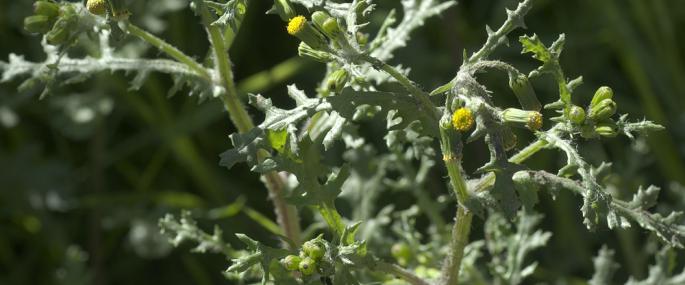Groundsel is an annual weed of cultivated or disturbed ground, popping up along field edges, roadside verges and on waste grounds. Branched stems lead to open clusters of yellow flowers that can be seen most of the year, and turn to white, fluffy seedheads. It is these seedheads that led to its Latin name, Senecio, derived from the word for 'old man' - pull the white fluffy seeds from the flower head and they leave behind a bare, dotted 'scalp'.
Some of our most abundant species are often treated as 'weeds' when they appear in the garden. Yet they can be extremely beneficial to wildlife, providing food for nectar-loving insects and shelter for minibeasts. Try leaving wilder areas in your garden and see who comes to visit... To find out more about wildlife-friendly gardening, visit our Wild About Gardens website: a joint initiative with the RHS, there's plenty of facts and tips to get you started.
